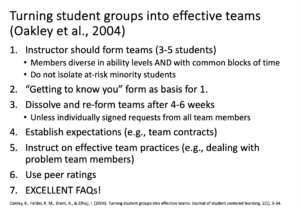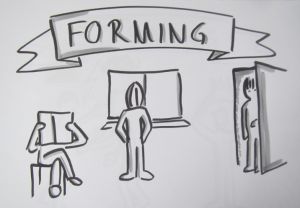
A collection of methods for facilitating coaching of sustainability initiatives by Wandercoaching
In the book “The Psychology of Collective Climate Action: Building Climate Courage” by Hamann et al. (2025), I came across Wandercoaching, a peer-coaching initiative for sustainability initiatives at universities. They…



